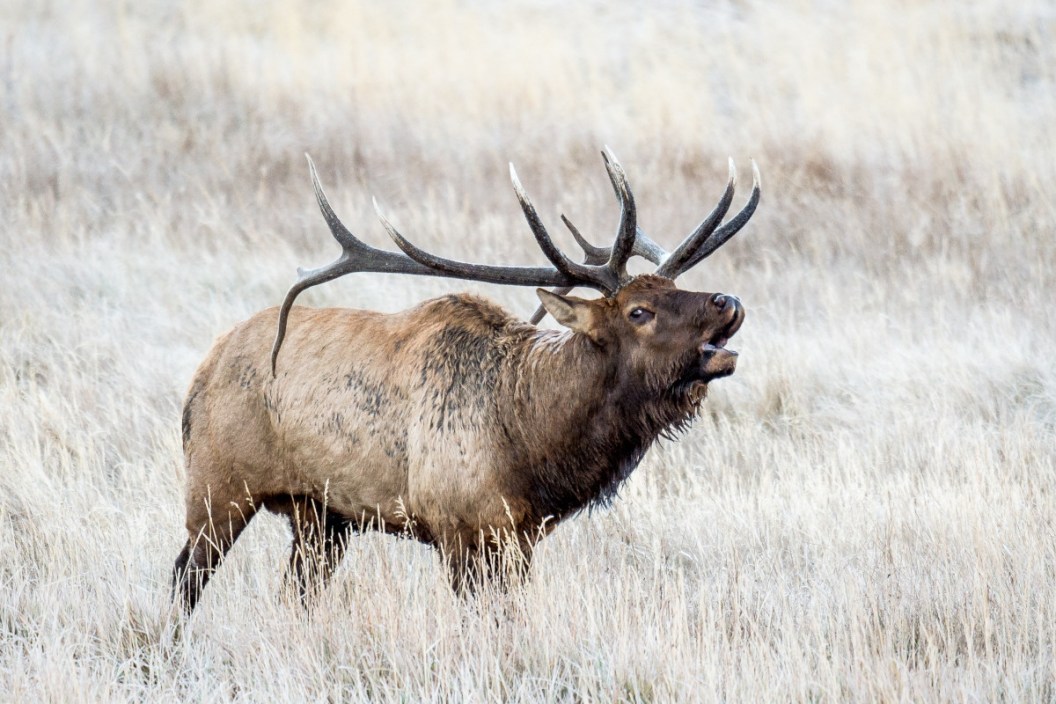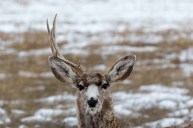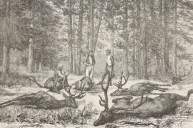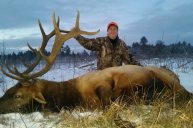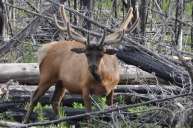If you've been hearing of elk wandering into your hunting area in Iowa, don't brush it off as mere rumors. The Iowa Department of Natural Resources is confirming that it's happening more and more often. In a DNR press release, the wildlife agency acknowledged that sightings of the big mammals are up in the Hawkeye State, and most appear to be young bulls.
"I had reports coming in weekly to my office all fall," DNR wildlife biologist Josh Gansen said in the release. "It's to the point that it's no longer uncommon."
Gansen is the biologist for the Saylorville Wildlife Unit, which comprises nine counties in the central and west-central parts of the state. That's not a coincidence. Biologists believe the elk are mostly younger males that are expanding from South Dakota and Nebraska. They go out looking for new territory and cows during the rut in September and October. That's when most of the sightings were reported last fall. Several sightings were confirmed on trail camera and quickly went viral via social media.
At least one elk was struck and killed on Interstate 80, and another was found dead near Sioux City within sight of U.S. Highway 20.
While Iowa was once part of the native range of elk, they were effectively hunted out as the state was settled. The DNR says there is still not a real population within the state and that elk remain protected for now. The only exception is for problem animals that pose a danger to people or cause property damage.
"Three or four years ago, we had an elk that was trying to get into a penned livestock area damaging the fence in northwest Iowa, and it had to be dispatched," said Missouri River Unit DNR wildlife biologist Doug Chafa in the press release.
The DNR is using these sightings to alert the public of the possibility of seeing these out-of-place animals. It is also cautioning the public about the size of the animals, which can cause significant damage to vehicles.
"An adult elk can weigh between 750-800 pounds with hooves as large as your hand," Chafa said in the release.
We suppose it will remain to be seen if other elk follow suit and the animals can make an eventual return to their native areas in the western plains of Iowa.
For more outdoor content from Travis Smola, be sure to follow him on Twitter and Instagram. For original videos, check out his Geocaching and Outdoors with Travis YouTube channels.
